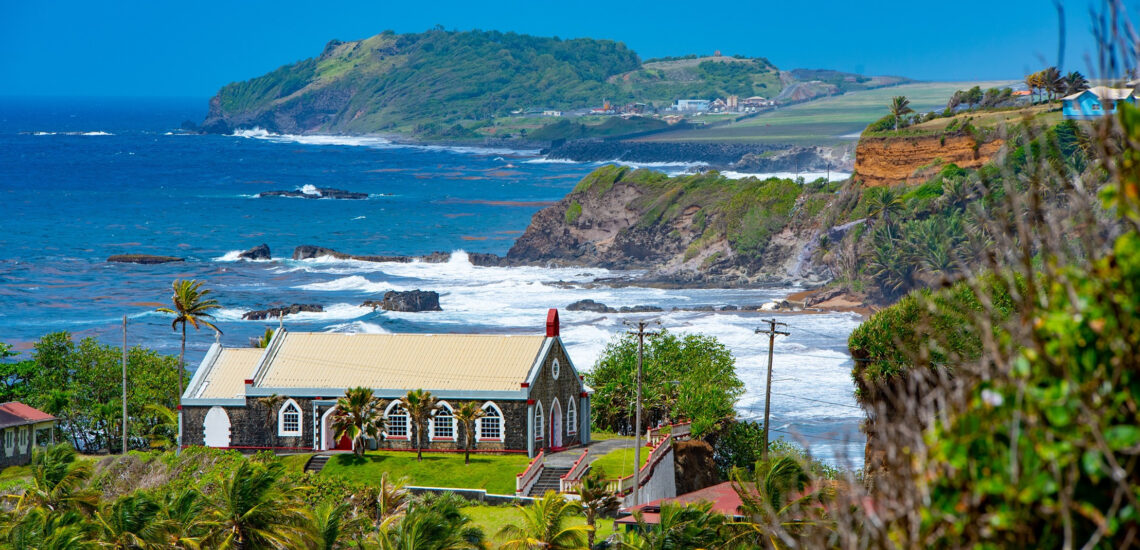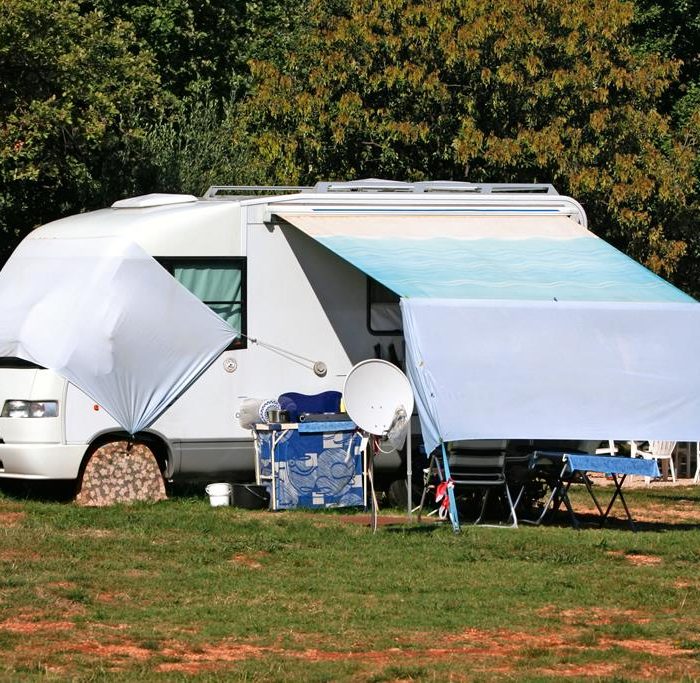10 Interesting Facts About Saint Vincent and the Grenadines
Quick facts about St. Vincent:
- Population: Approximately 110,000 people.
- Capital: Kingstown.
- Official Language: English.
- Currency: Eastern Caribbean dollar (XCD).
- Government: Parliamentary democracy, constitutional monarchy.
- Major Religion: Christianity.
- Geography: Saint Vincent and the Grenadines is an island country in the Caribbean, comprising the main island of Saint Vincent and a chain of smaller islands known as the Grenadines.
Fact 1: St. Vincent and the Grenadines are volcanic islands and there is still an active volcano here
St. Vincent and the Grenadines, located in the eastern Caribbean, are predominantly of volcanic origin. The main island of St. Vincent is home to La Soufrière, an active stratovolcano that last erupted in April 2021. La Soufrière is one of the most prominent features of the island’s landscape and is closely monitored by local authorities and scientists for signs of volcanic activity. While eruptions are infrequent, the volcano serves as a reminder of the dynamic geological processes shaping the region. Despite the volcanic activity, St. Vincent and the Grenadines remain a popular destination for travelers, offering stunning landscapes, pristine beaches.
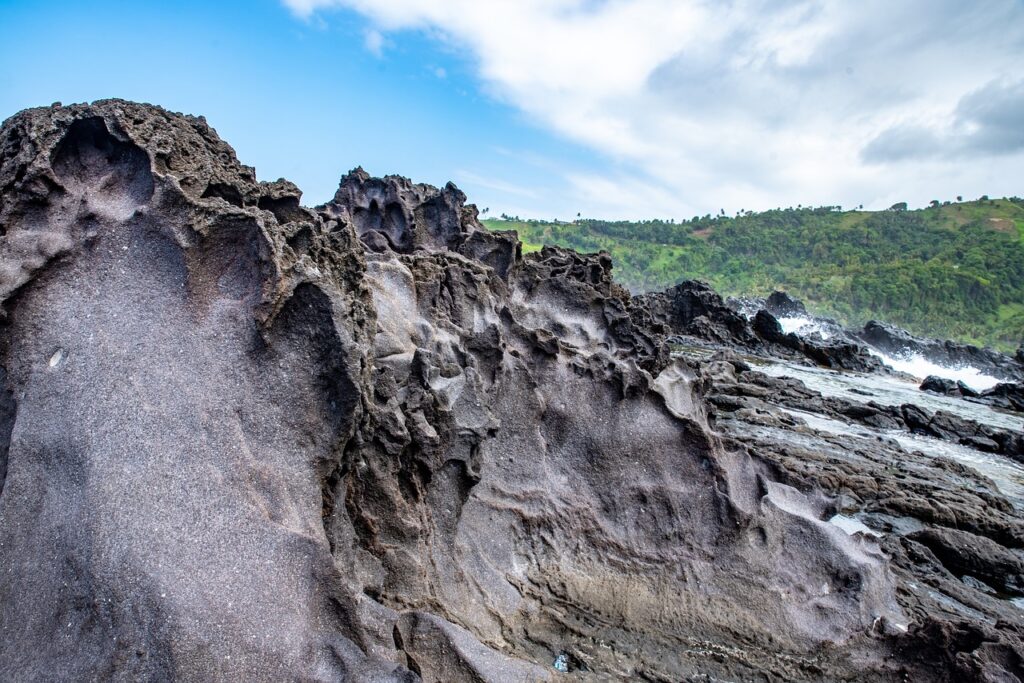
Fact 2: St. Vincent and the Grenadines consist of 32 islands, some of which are uninhabited
St. Vincent and the Grenadines, an archipelago in the southern Caribbean, comprise 32 islands and cays scattered across the azure waters of the Caribbean Sea. While some of these islands are inhabited, such as the main island of St. Vincent and populous Grenadine islands like Bequia, Mustique, and Union Island, others remain uninhabited or sparsely populated. These uninhabited islands often boast pristine beaches, untouched natural landscapes, and abundant marine life, making them ideal destinations for eco-tourism, yacht charters, and secluded getaways. Whether exploring the vibrant culture of inhabited islands or discovering the untouched beauty of uninhabited ones, St. Vincent and the Grenadines offer a diverse range of experiences for travelers seeking adventure, relaxation, and natural splendor.
Fact 3: St. Vincent and the Grenadines offer excellent diving sites
With its clear turquoise waters and vibrant marine life, St. Vincent and the Grenadines are renowned for offering exceptional diving experiences. The islands boast a variety of dive sites, including coral reefs, underwater caves, and shipwrecks, providing divers with diverse and captivating underwater landscapes to explore. Must-visit dive sites in St. Vincent and the Grenadines include the Tobago Cays Marine Park, known for its pristine coral gardens and abundance of marine species, and the underwater sculpture park near the coast of Grenada, offering a unique blend of art and marine conservation. Whether you’re a novice or experienced diver, St. Vincent and the Grenadines offer unforgettable diving adventures for all skill levels.
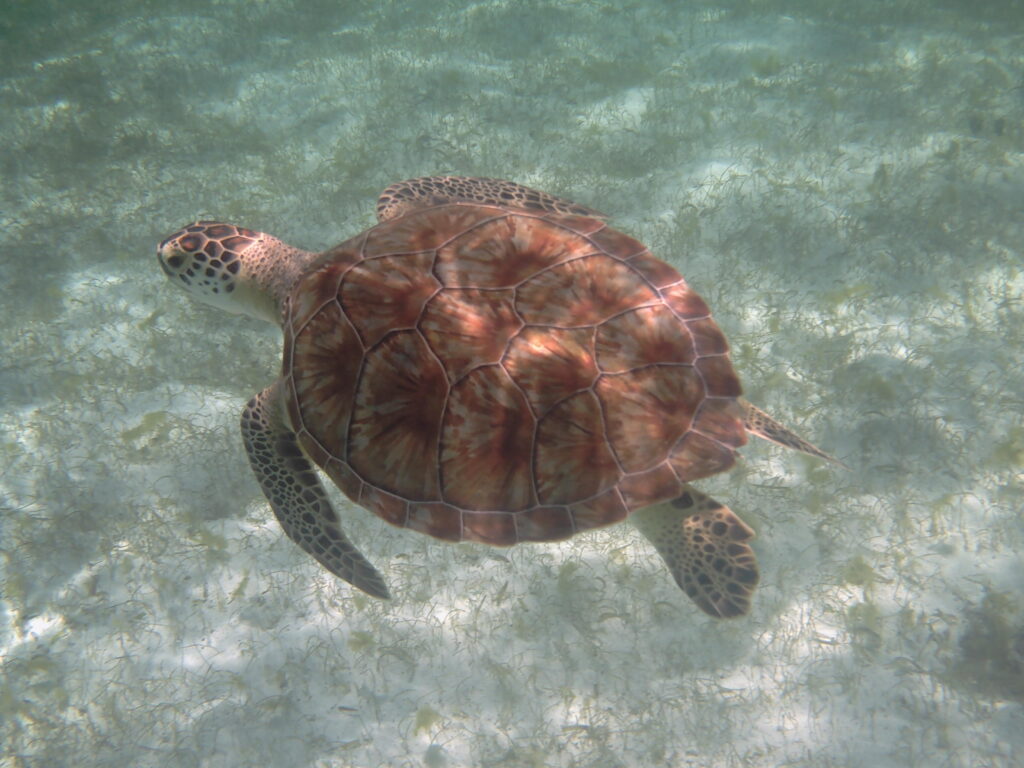 Kevin Stroup, CC BY 3.0, via Wikimedia Commons
Kevin Stroup, CC BY 3.0, via Wikimedia CommonsFact 4: St. Vincent and the Grenadines hosts a vibrant carnival known as Vincy Mas
Vincy Mas is an annual carnival celebration held in St. Vincent and the Grenadines, typically taking place in June and culminating in early July. This lively festival features a variety of events, including colorful parades, music competitions, street parties, and cultural performances. Participants and spectators alike are treated to elaborate costumes, energetic music, and traditional dances, creating a festive atmosphere throughout the island. Vincy Mas is a significant cultural event that showcases the rich heritage and vibrant spirit of St. Vincent and the Grenadines, attracting locals and visitors from around the world to join in the revelry and celebration.
Fact 5: There are many beautiful waterfalls in the country
St. Vincent and the Grenadines are home to several breathtaking waterfalls nestled within the lush tropical landscapes of the islands. Among the most notable is the Trinity Falls, located on the main island of St. Vincent. Cascading down rugged cliffs surrounded by dense rainforest, Trinity Falls offers a mesmerizing sight and a refreshing swimming spot for visitors. Additionally, the Dark View Falls, also on St. Vincent, features twin waterfalls tumbling into inviting pools, providing a serene retreat amidst nature. In the Grenadines, visitors can explore waterfalls like the Union Falls on Union Island, offering panoramic views of the surrounding islands and azure waters. These majestic waterfalls are not only scenic wonders but also popular attractions for hiking, swimming, and nature enthusiasts.
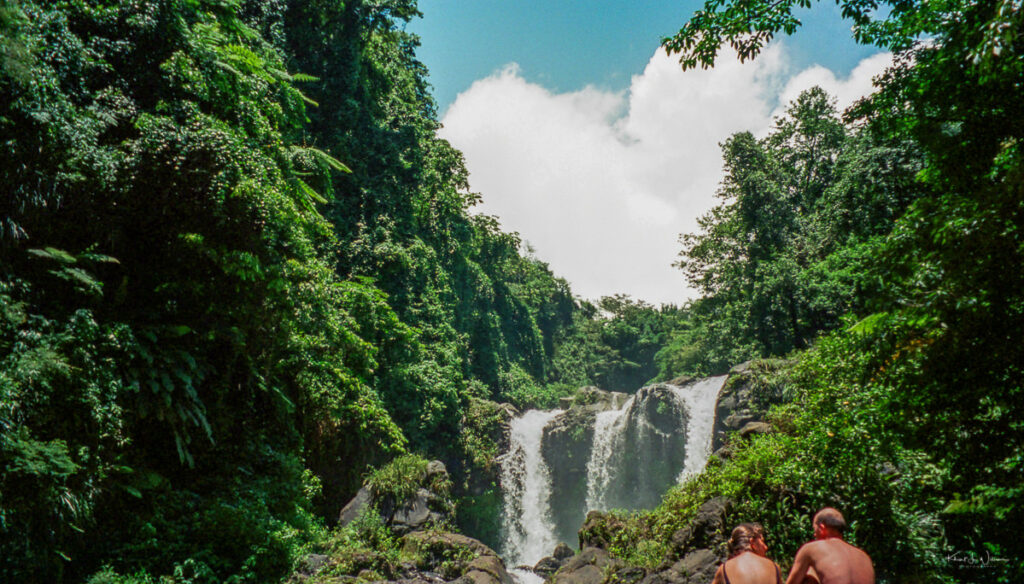 Khürt Williams, CC BY-NC-SA 4.0
Khürt Williams, CC BY-NC-SA 4.0Fact 6: The country has a well-developed local cuisine
St. Vincent and the Grenadines offer a rich culinary tradition influenced by African, Caribbean, and European flavors. The local cuisine features a variety of fresh seafood, tropical fruits, and hearty stews, reflecting the island’s abundant natural resources and diverse cultural heritage. Popular dishes include “fried jack,” a fried dough often served with saltfish or smoked herring, “callaloo soup,” made with dasheen leaves and coconut milk, and “roast breadfruit,” a staple accompaniment to many meals. Visitors to St. Vincent and the Grenadines can also sample delicious dishes like “bakes,” fried dough typically served for breakfast, and “black cake,” a rich fruitcake enjoyed during special occasions.
Fact 7: St. Vincent and the Grenadines feature both white and black sand beaches
St. Vincent and the Grenadines boast a diverse array of beaches, offering a mix of pristine white sand beaches and unique black sand beaches. Beaches like Princess Margaret Beach on Bequia and Lower Bay Beach on Mayreau are renowned for their powdery white sands, crystal-clear waters, and tranquil ambiance, making them ideal for swimming, sunbathing, and water sports. In contrast, beaches like Buccament Bay on St. Vincent and Richmond Beach on Bequia feature volcanic black sand, a result of the island’s volcanic origins. These black sand beaches offer a striking contrast to their white sand counterparts and provide visitors with a unique beach experience. Whether you prefer the soft, white sands or the dramatic beauty of black sand beaches.

Fact 8: The national bird is the parrot, unfortunately it’s an endangered species
Also known as the St. Vincent amazon or Amazona guildingii. Unfortunately, this iconic bird species is classified as endangered due to various threats including habitat loss, hunting, and the illegal pet trade. Efforts to protect and conserve the St. Vincent parrot are ongoing, including habitat preservation, anti-poaching measures, and public education initiatives aimed at raising awareness about the importance of protecting this unique and cherished bird species.
Fact 9: There are ferries between the islands
There are ferry services that operate between the islands of St. Vincent and the Grenadines, providing transportation for both locals and tourists. These ferry services connect the main island of St. Vincent with various islands in the Grenadines, including Bequia, Mustique, Canouan, Union Island, and Mayreau, among others. Ferries offer a convenient and scenic way to travel between the islands, allowing passengers to enjoy the stunning views of the Caribbean Sea while exploring different destinations within St. Vincent and the Grenadines. The frequency and availability of ferry services may vary depending on factors such as weather conditions and demand, so it’s advisable to check schedules and make reservations in advance, especially during peak travel periods.
Note: If you are planning a visit to the country, check to see if you need an International Driver’s License in St. Vincent and the Grenadines to drive.
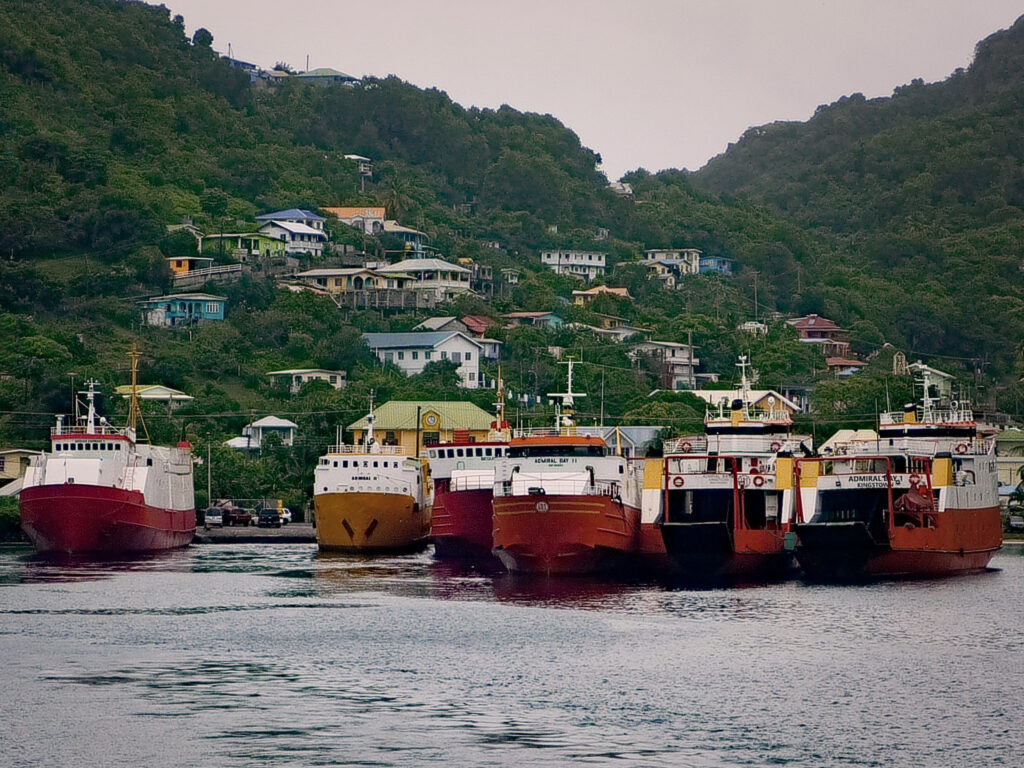 A Guy Named Nyal, (CC BY-SA 2.0)
A Guy Named Nyal, (CC BY-SA 2.0)Fact 10: There are opportunities to observe different species of dolphins and whales in the country
The Caribbean Sea is home to a diverse range of marine life, including various species of dolphins and whales that migrate through the region. Common species of dolphins that can be spotted in these waters include spinner dolphins, bottlenose dolphins, and spotted dolphins, among others. Additionally, several species of whales, such as humpback whales, sperm whales, and pilot whales, are known to pass through the area during their migratory journeys.
Several tour operators in St. Vincent and the Grenadines offer boat tours and excursions specifically designed for dolphin and whale watching. These tours provide visitors with the opportunity to observe these magnificent marine mammals in their natural habitat while learning about their behavior, ecology, and conservation status from knowledgeable guides. The best time for dolphin and whale watching in St. Vincent and the Grenadines varies depending on the species and their migratory patterns, but generally, the peak season runs from December to April when certain species are more commonly sighted in the area.

